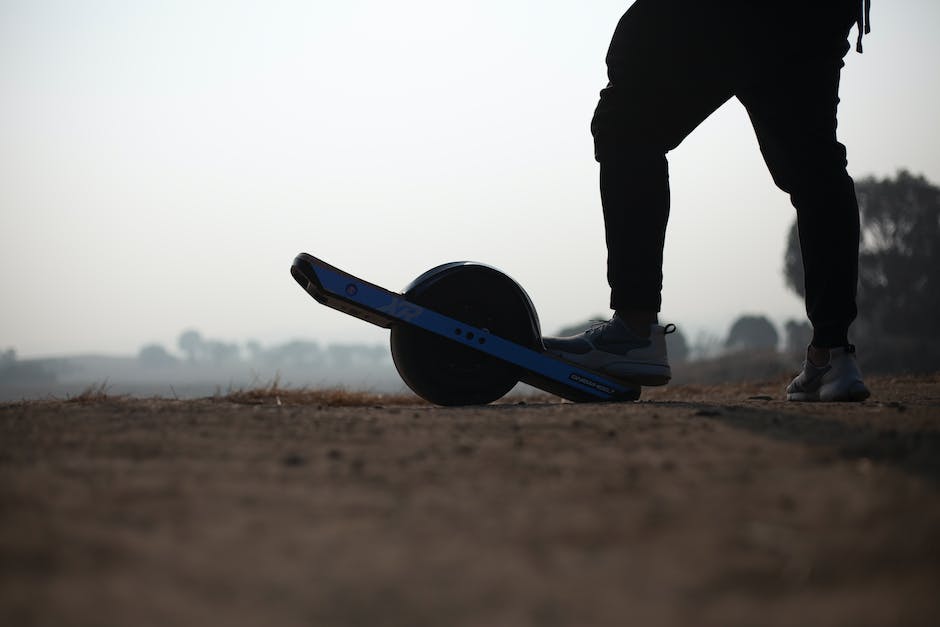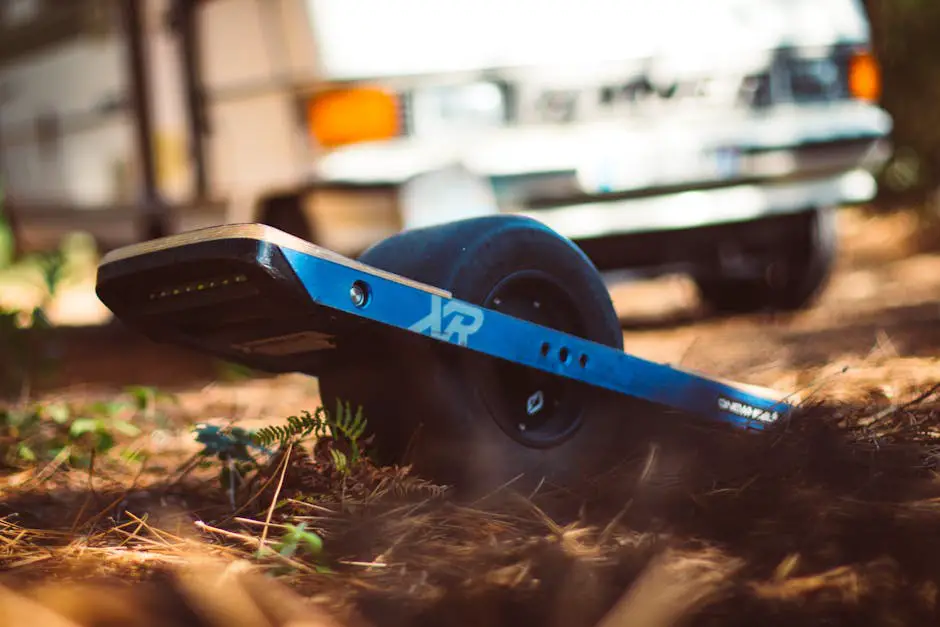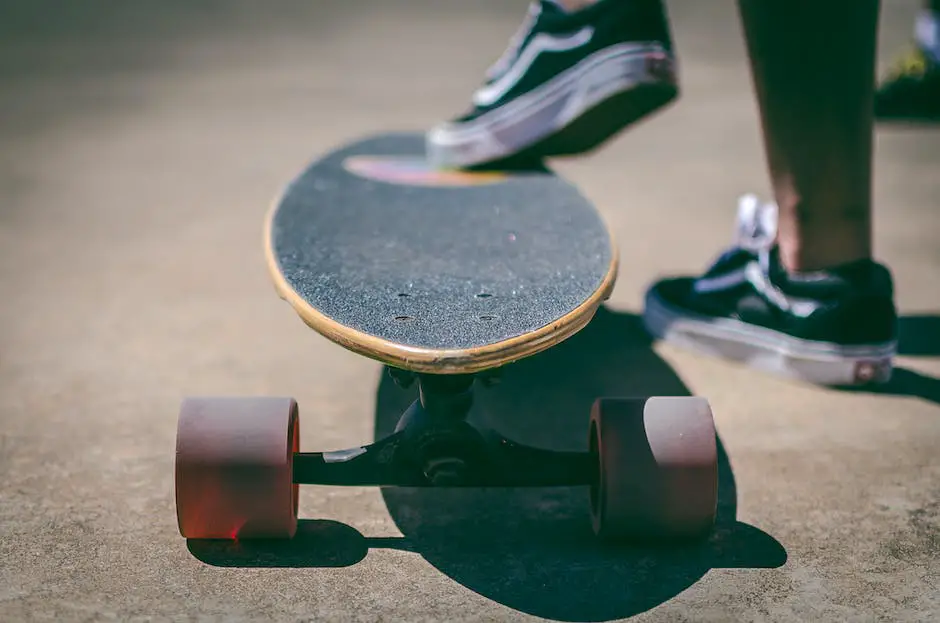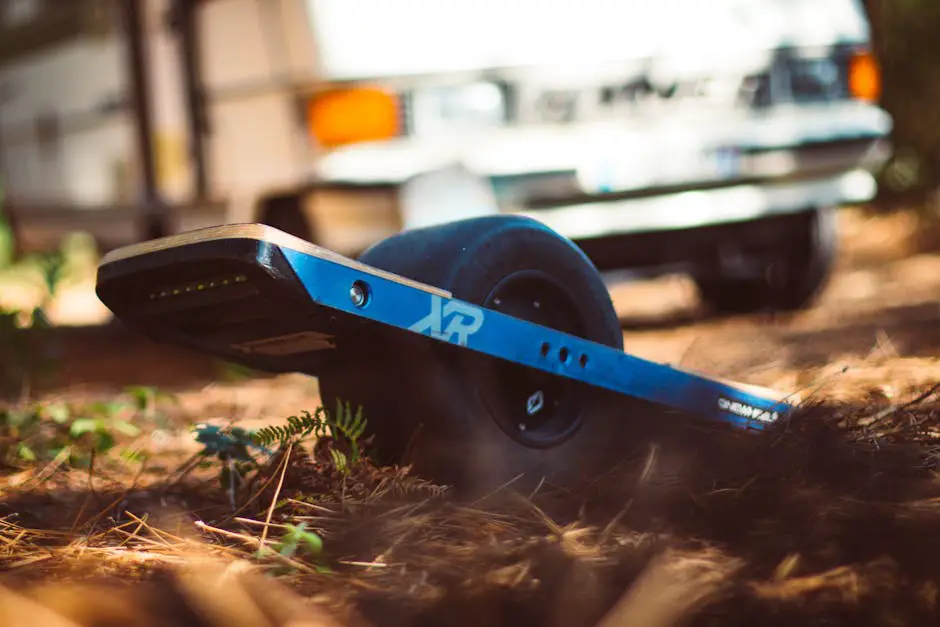Finding the right wheel size for your off-road electric skateboard is crucial for a top-notch riding experience. This article discusses the importance of wheel dimensions, motor power, rider skill level, and terrain type in making the best choice for your skateboarding adventures. With a focus on practical advice and expert insights, we are here to help you understand how each factor plays a critical role in optimizing your ride.
Factors Influencing Wheel Size Choice
Selecting the Perfect Off-Road Electric Skateboard Wheel Size
Choosing the right wheel size for an off-road electric skateboard is critical for ensuring a smooth, enjoyable riding experience. Unlike traditional skateboards, off-road models are designed to tackle harsher terrains, from gravel paths to sandy beaches. To navigate these challenging environments, one must consider several key factors in wheel size selection.
The core dimensions we focus on are diameter and width. Diameter, measured in millimeters, directly influences the ride’s smoothness over obstacles and rough terrain. Larger wheels, typically ranging from 100mm to 200mm, roll over bumps and debris more efficiently, offering a smoother ride. On the other hand, smaller wheels, while providing less shock absorption, contribute to a more stable and controlled ride by keeping the skateboard lower to the ground.
Width plays a significant role in traction and stability. Wider wheels provide a better grip on loose or slippery surfaces, crucial for off-road conditions. This additional contact with the ground improves stability, essential for safely navigating uneven terrains.
When considering wheel size, it’s also vital to evaluate the skateboard’s motor power and battery life. Larger wheels demand more power to maintain the same speed as smaller wheels, potentially reducing battery life. Ensure your skateboard has adequate power to support the larger wheel setup if that’s the route you choose.
Rider skill level and preference should not be overlooked. Beginners might find a skateboard with smaller wheels easier to control and maneuver, while experienced riders could prefer the speed and smoothness large wheels offer on rough surfaces.
Lastly, think about the primary terrain you’ll be riding on. If you’re mostly on slightly uneven paths, moderate-sized wheels could offer the best balance between stability and maneuverability. Alternatively, for truly rough, unpredictable terrains, the largest available wheels would be the most beneficial, ensuring a smoother ride over obstacles.
In summary, the selection of off-road electric skateboard wheel size is influenced by various factors, including the diameter and width of the wheels, the skateboard’s motor power, the rider’s skill level, and the primary riding terrain. Carefully considering these elements will lead you to choose the most suitable wheel size, enhancing your off-road skating experience.

Wheel Size and Skateboard Performance
When delving deeper into off-road electric skateboards, the nuances of wheel type beyond just size come into play, significantly impacting performance. While the earlier sections focused on the broad strokes of wheel size, here, we’ll explore the critical distinctions between pneumatic (air-filled) and solid (airless) wheels, alongside the effects of wheel material and tread pattern, to provide a comprehensive understanding essential for any off-road enthusiast.
Pneumatic wheels, characterized by their air-filled nature, offer a plush ride, absorbing shocks from uneven terrain with ease. This cushioning effect not only enhances comfort but also improves grip, as the increased contact area with the ground improves traction. Such wheels are ideal for riders seeking adventure on unpredictable surfaces, where the ability to smoothly navigate obstacles is key. However, the trade-off includes a higher maintenance requirement due to the potential for punctures and the need for regular air pressure checks.
Conversely, solid wheels, devoid of any air, present a more durable option, eliminating the worry of punctures. Their robust construction translates to a more reliable ride over rough terrain, albeit with a reduced shock absorption capability compared to their pneumatic counterparts. Riders opting for solid wheels can expect a firmer ride, which, while offering less comfort, provides a direct feel of the terrain beneath them.
The material from which off-road electric skateboard wheels are made also plays a pivotal role in their performance. Rubber wheels, for instance, are renowned for their exceptional traction, especially in wet conditions. The inherent flexibility of rubber allows for a better grip, making these wheels suited for a variety of off-road conditions. Meanwhile, wheels made from harder compounds might offer increased durability and speed but could compromise on grip and comfort.
Tread pattern further influences the off-road capability of electric skateboards. Just like in off-road vehicle tires, the pattern on the wheels affects how the board interacts with different surfaces. A deep and aggressive tread pattern is conducive to muddy or soft terrains, providing the necessary bite to prevent slippage. For riders navigating mixed or hard-packed surfaces, a less aggressive tread might be more appropriate, offering a balance between grip and rolling resistance.
Choosing the right wheel setup for an off-road electric skateboard involves a complex interplay of factors. Beyond diameter and width, the type of wheel (pneumatic vs. solid), material composition, and tread pattern all contribute to the board’s performance in specific environments. Therefore, it’s not merely about selecting the biggest or the most rugged wheels but about understanding the specific needs of the rider, the typical riding terrain, and how these elements influence the overall riding experience.
In conclusion, the intricacies of wheel selection for off-road electric skateboards extend far into the realms of type, material, and tread design. Each choice carries with it a set of advantages and disadvantages, highlighting the importance of a thoughtful selection process tailored to individual riding preferences and conditions. Whether it’s cruising over rocky trails or navigating soft, muddy paths, the right combination of wheel characteristics can dramatically elevate the off-road skateboarding adventure.

Pros and Cons of Large vs. Small Wheels
When venturing into the electrifying world of off-road skateboarding, the choice between large and small wheels goes beyond mere aesthetics; it’s a decision that profoundly influences performance, comfort, and the overall riding experience. With the foundation laid on the significance of wheel size, material, and type, let’s delve into the intricate dance of advantages and disadvantages these variations present.
Large wheels, commonly seen tearing through unforgiving terrains, bring a set of advantages that make them an irresistible choice for many. Their foremost benefit is their ability to conquer obstacles. Where smaller wheels might falter, large ones effortlessly glide over rocks, roots, and ruts, ensuring a ride that’s not only smoother but also significantly less jarring. This attribute extends to improved traction. The larger surface area in contact with the ground translates to a better grip, which is crucial for steep inclines or slippery surfaces. Moreover, for those long, leisurely rides exploring the wilderness, large wheels offer increased efficiency. They maintain momentum with ease, allowing for longer distances covered with less battery drain. However, this comes at the cost of increased weight and possibly slower acceleration due to the higher rotational mass.
On the flip side, small wheels champion maneuverability and precision control, making them the darlings of technical trail riders. Their compact size allows for quick, responsive actions, essential for navigating through intricate paths with tight turns and sudden obstacles. Additionally, small wheels tend to boost acceleration owing to their lower rotational mass, making it easier to start and stop quickly—a boon in unpredictable off-road conditions. They also contribute to a lighter skateboard setup, which is not only easier to carry but can also be more pleasant to handle, especially for beginners or those with a knack for performing tricks. However, it’s worth noting that smaller wheels may lead to a rougher ride over bumpy terrain and potentially reduce traction and stability due to the lesser contact area with the ground.
Choosing between large and small wheels for your off-road electric skateboard thus becomes a balancing act between desired speed, handling, terrain type, and comfort level. It’s a decision that should be guided by a clear understanding of how and where you plan to ride. Whether you lean towards the dominance of larger wheels for their unmatched ability to smooth out the rough edges of the wild or favor the agility and control offered by smaller wheels, the choice significantly shapes your off-road skateboarding adventure.
In conclusion, the journey through the realm of off-road electric skateboarding wheel selection is a testament to the rich array of possibilities available to riders. By weighing the distinct advantages and disadvantages of large and small wheels, enthusiasts can tailor their ride to their specific needs, ensuring an exhilarating, customized off-road experience. As you stand before this pivotal choice, let your riding ambitions, skill level, and the nature of your adventurous spirit be the guiding stars to selecting the wheel size that will unlock the true potential of your off-road electric skateboard.

Real-World User Experiences
When exploring the world of off-road electric skateboarding, riders often delve deeply into discussions about wheel sizes and their implications on the ride. Given the diversity of off-road conditions, from gravel paths to rocky terrains, enthusiasts seek wheels that provide both exhilaration and safety. Amongst the community, there’s a vibrant dialogue that surfaces distinct preferences and experiences linked to varying wheel diameters.
A common sentiment is that beyond just size, the balance of features each wheel offers brings about a unique skateboarding journey. Riders who favor agility and the ability to navigate through intricate trails lean towards smaller wheels. Their stories often highlight moments where the responsiveness of the board was crucial in avoiding obstacles. The feeling of the board reacting swiftly to their commands creates a sense of unity between the skateboard and rider, enriching their control over the path ahead.
Conversely, those who crave speed and long, uninterrupted rides champion larger wheels. Accounts of gliding over rough patches that would usually disrupt a ride permeate their shared experiences. The momentum preserved by larger wheels emboldens riders to tackle expansive stretches of wild terrain with confidence. It’s not just about overcoming obstacles but doing so with a smoothness that enhances the journey, making the ride itself a joyous part of the adventure.
Delving into wheel types, pneumatic versus solid, fuels further debate. Riders who’ve embraced pneumatic wheels often recount the cushioned ride they offer, a boon on unpredictable off-road terrains where comfort can enhance endurance. The adaptability of air-filled wheels to various surfaces without compromising performance is frequently lauded. However, they equally voice concerns over maintenance and the potential for punctures that could leave a rider stranded.
In contrast, enthusiasts of solid wheels point to the reliability and low maintenance as key advantages. They share tales of uninterrupted rides, freed from the worry of flats, allowing them to focus solely on the thrill of the trail. Yet, they also concede that the trade-off can be a firmer, less forgiving ride, challenging their endurance on longer adventures or particularly unforgiving terrains.
The dialogue around tread patterns unveils an aspect of customization that riders cherish. The choice between aggressive treads for muddy journeys versus more balanced patterns for mixed terrains reflects the meticulous considerations riders make to tailor their skateboards to specific adventures. It’s evident that the community values flexibility and the capacity to adjust their setups based on the nuanced demands of off-road skateboarding.
Amid these varied perspectives, there’s an underlying consensus: the decision on wheel size, type, and setup transcends mere preference. It’s about nurturing a symbiotic relationship with the skateboard, where the wheel configuration opens up new realms of exploration and challenge. Riders encourage each other to view the selection process as a journey to discovering their unique skateboarding ethos, emphasizing that the perfect choice is one that aligns with their aspirations and the terrains they seek to conquer.
Thus, the narrative woven by the off-road electric skateboarding community does more than dissect technical details. It celebrates the individual journey and the collective wisdom that informs the pursuit of the quintessential off-road experience, underscoring the profound connection between rider, board, and the wild paths they choose to navigate.

As we’ve explored various aspects that influence wheel choice for off-road electric skateboarding, it becomes clear that the ideal selection depends on a meticulous balance of size, type, and performance features tailored to both the rider and the terrain. Remember, the ultimate goal is to enhance your riding experience, ensuring safety, comfort, and thrill in your skateboarding exploits. With the right wheels beneath your feet, the world becomes an endless playground of off-road adventures.

